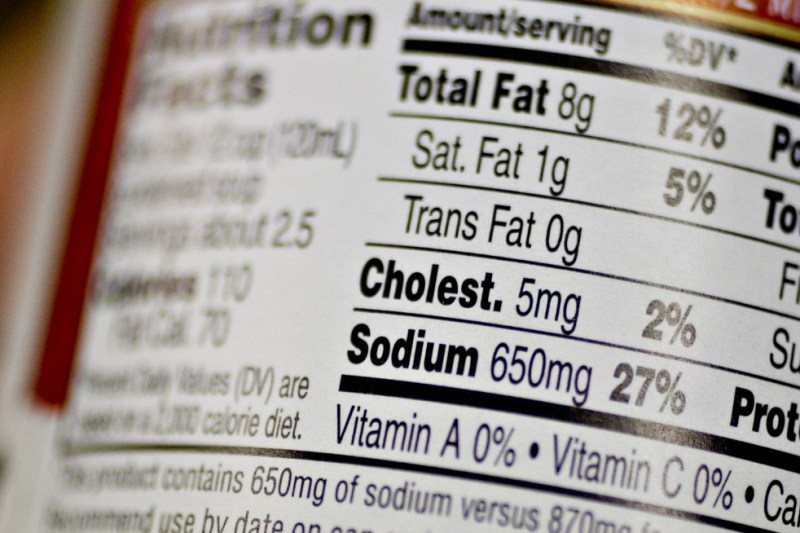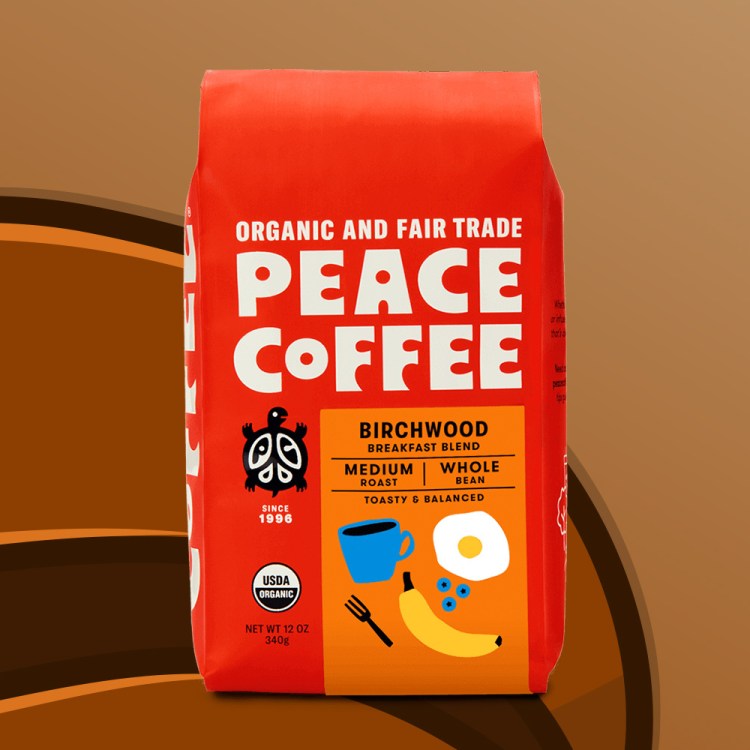
Be honest: on the occasions when you remember to look at a nutrition label, you still don’t get much information from it. You probably look at calories, but even then you may not remember to check to see if it’s for the entire container or just a serving. (And if it is for a serving, you likely don’t do the math to determine how many calories you’ll consume if you do eat the entire package.)
WIRED wants to come to the rescue. They’ve come up with a variety of possible new approaches to labeling that aim to give you useful information at a glance. These include outright giving grades on nutritional value: if you see an “A” you know it’s nutritious, if you see the “F” you know it’s not. Other steps are less dramatic, such as displaying the actual ingredients in a prominent place so you don’t have to search to figure out you’re eating, but they’re all innovative and hopefully receive some FDA consideration.
Click here to learn more and watch a CBC News exploration of whether food labeling is even accurate below.
Join America's Fastest Growing Spirits Newsletter THE SPILL. Unlock all the reviews, recipes and revelry — and get 15% off award-winning La Tierra de Acre Mezcal.























